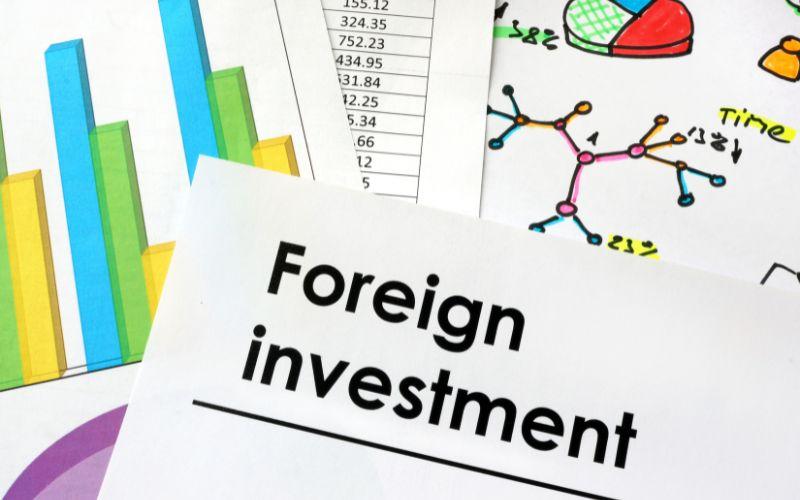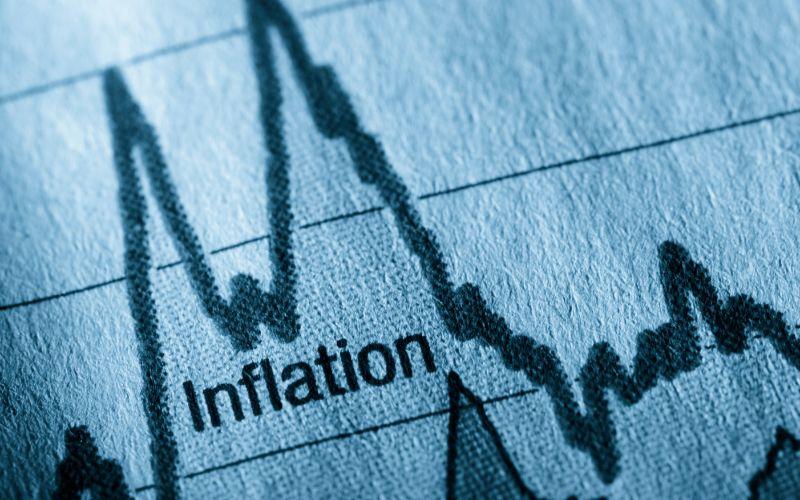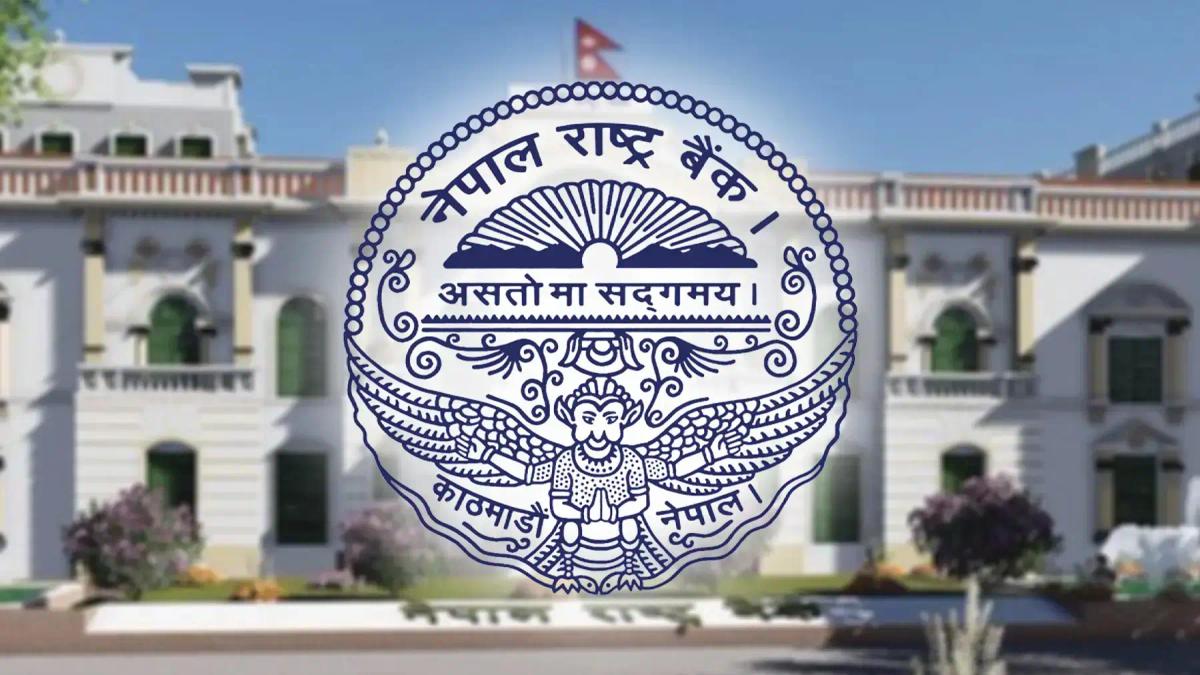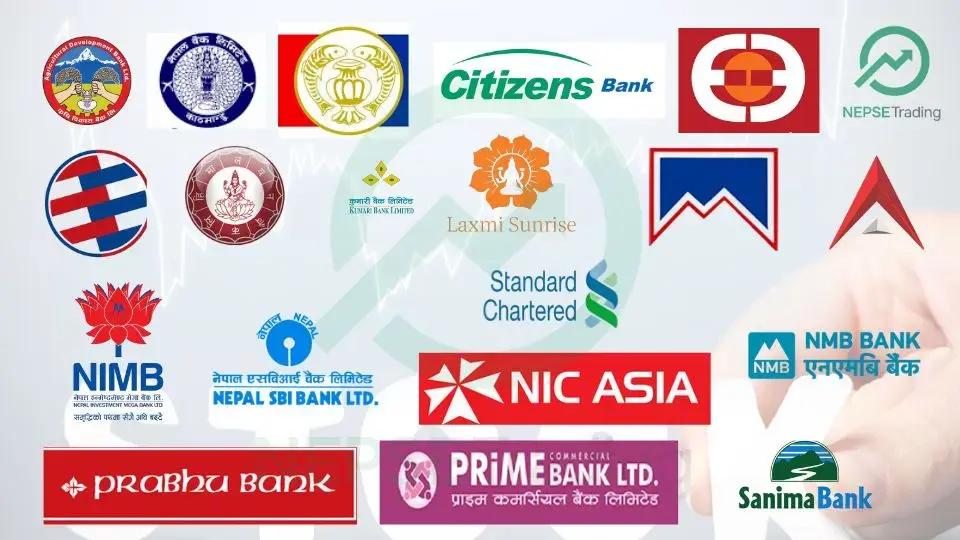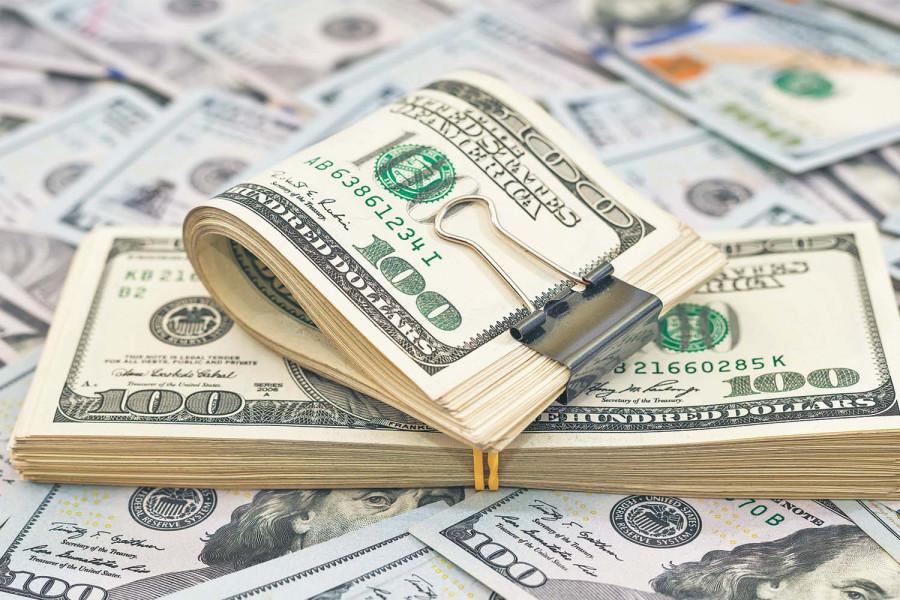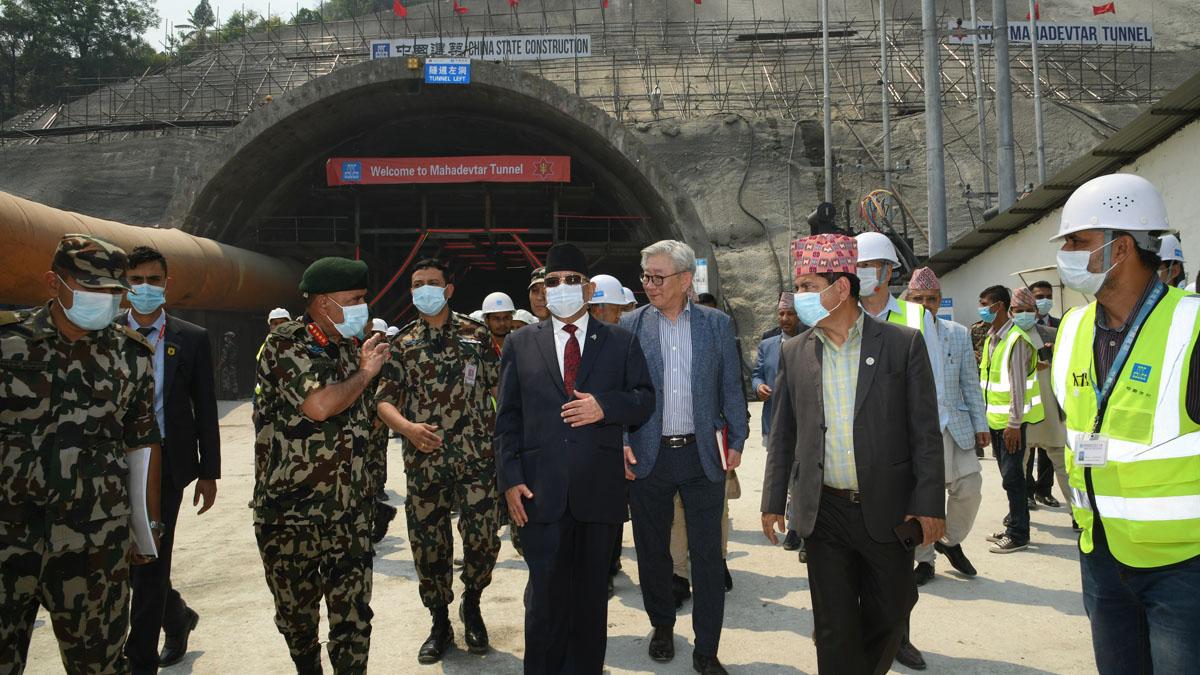By Dipesh Ghimire
Nepal’s Economic Growth Shows Mild Recovery, But Investment and Savings Imbalance Raises Long-Term Concerns
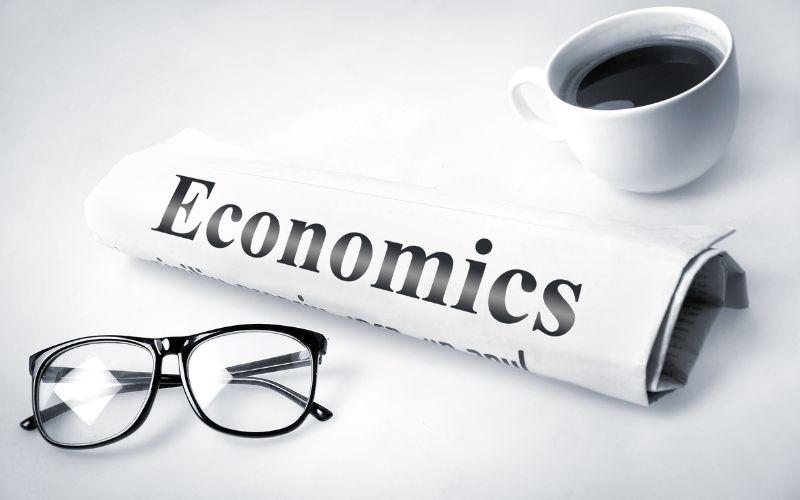
Nepal’s latest macroeconomic indicators reveal a mixed economic outlook, with modest improvements in GDP growth overshadowed by declining investment levels and persistent structural weaknesses. The data, covering fiscal years 2020/21 to 2024/25, show that while the economy is gradually recovering from past shocks, the pace of expansion remains below potential, and critical economic pillars—particularly capital formation and domestic savings—continue to lag behind.
According to the estimates, real GDP at basic prices is expected to grow by 4.0 percent in 2024/25, a slight improvement from 3.4 percent in the previous fiscal year. Although this marks a recovery from the sharp slowdown seen in 2022/23, when real GDP fell to just 2.3 percent, economists argue that the current growth rate remains insufficient to generate meaningful employment or lift household incomes. Growth at purchasers’ prices is projected at 4.6 percent, again higher than last year but still below the momentum required to sustain long-term economic development.
In nominal terms, GDP is expected to expand by 7.0 percent in 2024/25, up from 6.4 percent the year before. However, this nominal growth does not necessarily indicate stronger economic performance; rather, it reflects moderate inflation and incremental expansion in economic activities. Nepal’s Gross National Income (GNI), a key measure that incorporates earnings from abroad, is projected to rise by 6.7 percent, slightly lower than the previous year’s 6.9 percent. This marginal decline suggests that although remittance inflows remain strong, their contribution to national income has stabilized rather than expanded.
Gross National Disposable Income (GNDI)—a broader measure that includes both income and transfers—is expected to grow by 7.4 percent in 2024/25, slower than the 8.5 percent recorded last year. This moderation indicates that while Nepal continues to rely heavily on remittances, the pace of inflow-driven income growth may be tapering. Analysts say that Nepal’s economy remains consumption-dominant, with insufficient investment in productive sectors to drive higher, sustainable growth.
The most concerning trend appears in capital formation. Gross Capital Formation as a share of GDP has fallen steadily from 37.6 percent in 2021/22 to an estimated 28.1 percent in 2024/25. Gross Fixed Capital Formation, which reflects long-term investment in infrastructure, equipment and productive assets, has also dropped to 24.1 percent, compared to nearly 29 percent just three years ago. This decline signals weakening investment appetite in the private sector, slow execution of public infrastructure projects and subdued entrepreneurial activity.
Despite declining investment, Nepal’s national savings rate has risen, reaching 36.2 percent of GDP in 2024/25. While rising savings can indicate financial discipline, economists warn that such high savings coupled with low investment reflect a structural imbalance: people are saving more because consumption and investment opportunities are limited. Meanwhile, gross domestic savings remain extremely low, hovering around 6.6 percent, highlighting Nepal’s continued dependence on remittances to finance national savings.
The GDP at current prices has increased steadily—from Rs 4.35 trillion in 2020/21 to a projected Rs 6.10 trillion in 2024/25—but this nominal growth masks the fact that real economic expansion remains sluggish. Growth rates over the past five years reveal a recurring pattern: temporary improvement followed by stagnation due to external shocks, political instability, and policy inconsistencies.
Economists say the data highlight a deeper structural challenge. Nepal’s economy is expanding, but not on the strength of domestic production or capital investment. Consumption driven by remittances continues to fuel GDP, while investment indicators show a worrying decline. Without significant improvement in investment climate, policy clarity and infrastructure execution, Nepal risks entering a cycle of low investment, low productivity and low growth.
In summary, while Nepal’s projected growth for 2024/25 shows mild recovery, the decline in capital formation and weak domestic savings raise questions about long-term sustainability. Analysts argue that unless Nepal boosts public and private investment, strengthens governance, and reduces policy uncertainty, the economy will continue to expand slowly—failing to generate jobs, productivity and competitive capacity needed for structural transformation.
